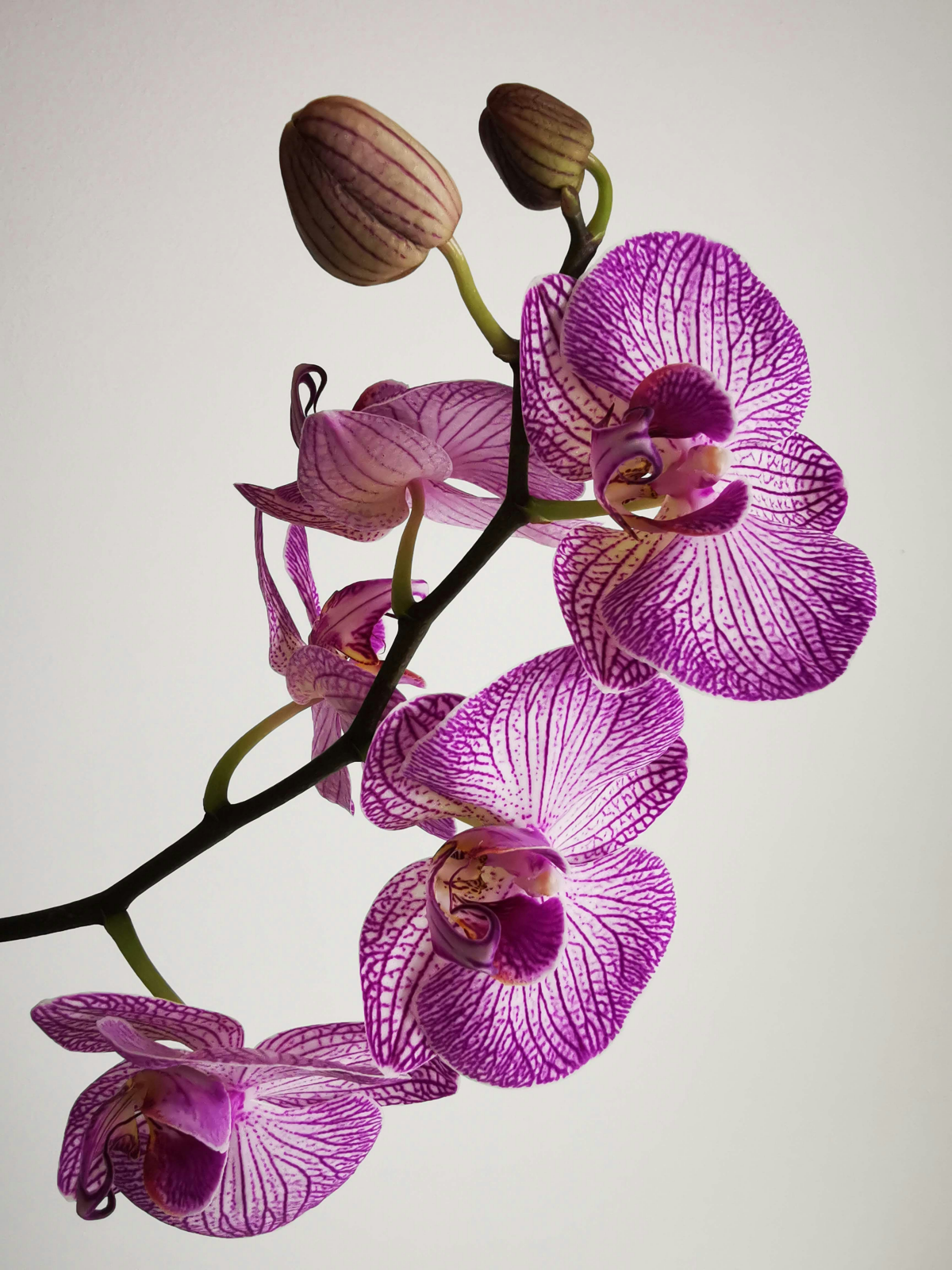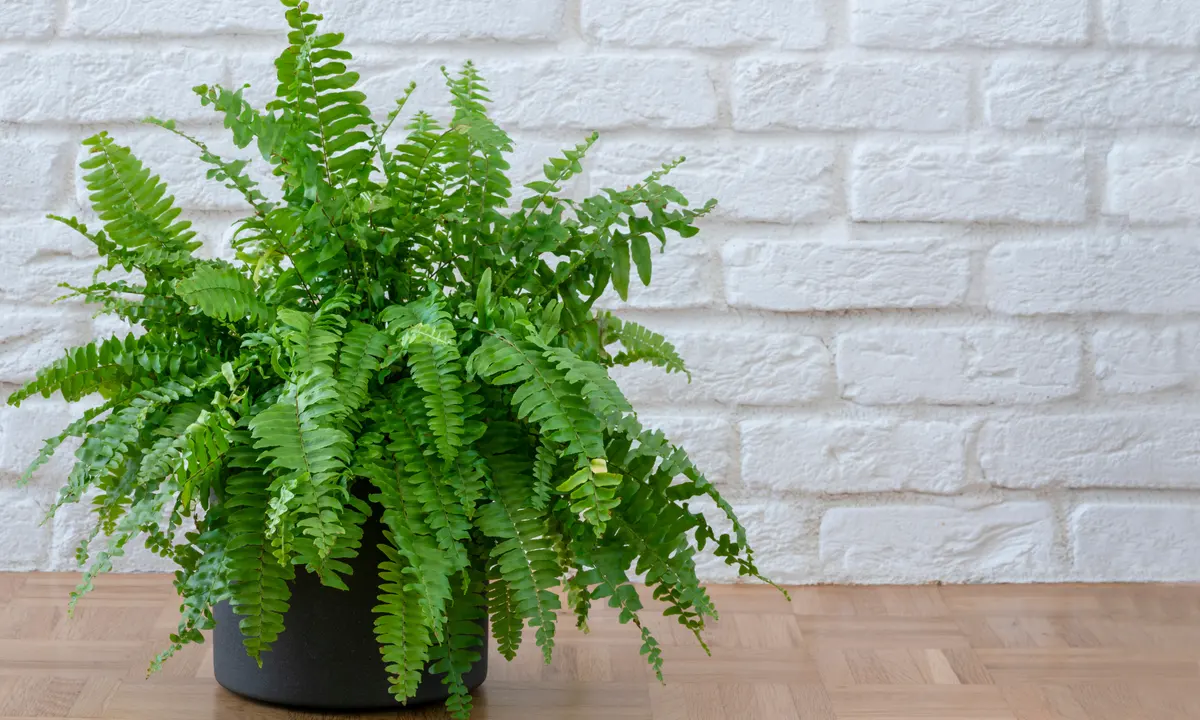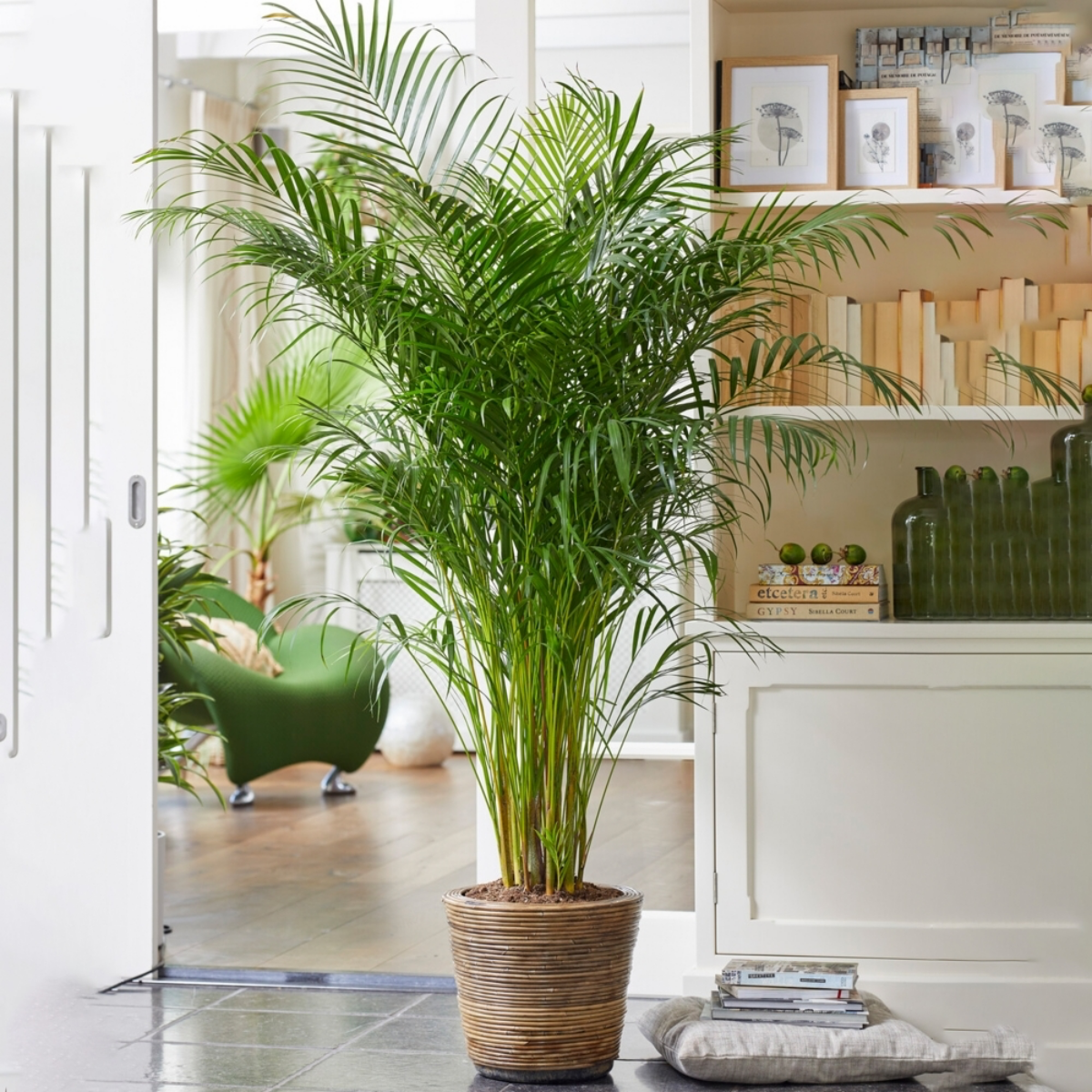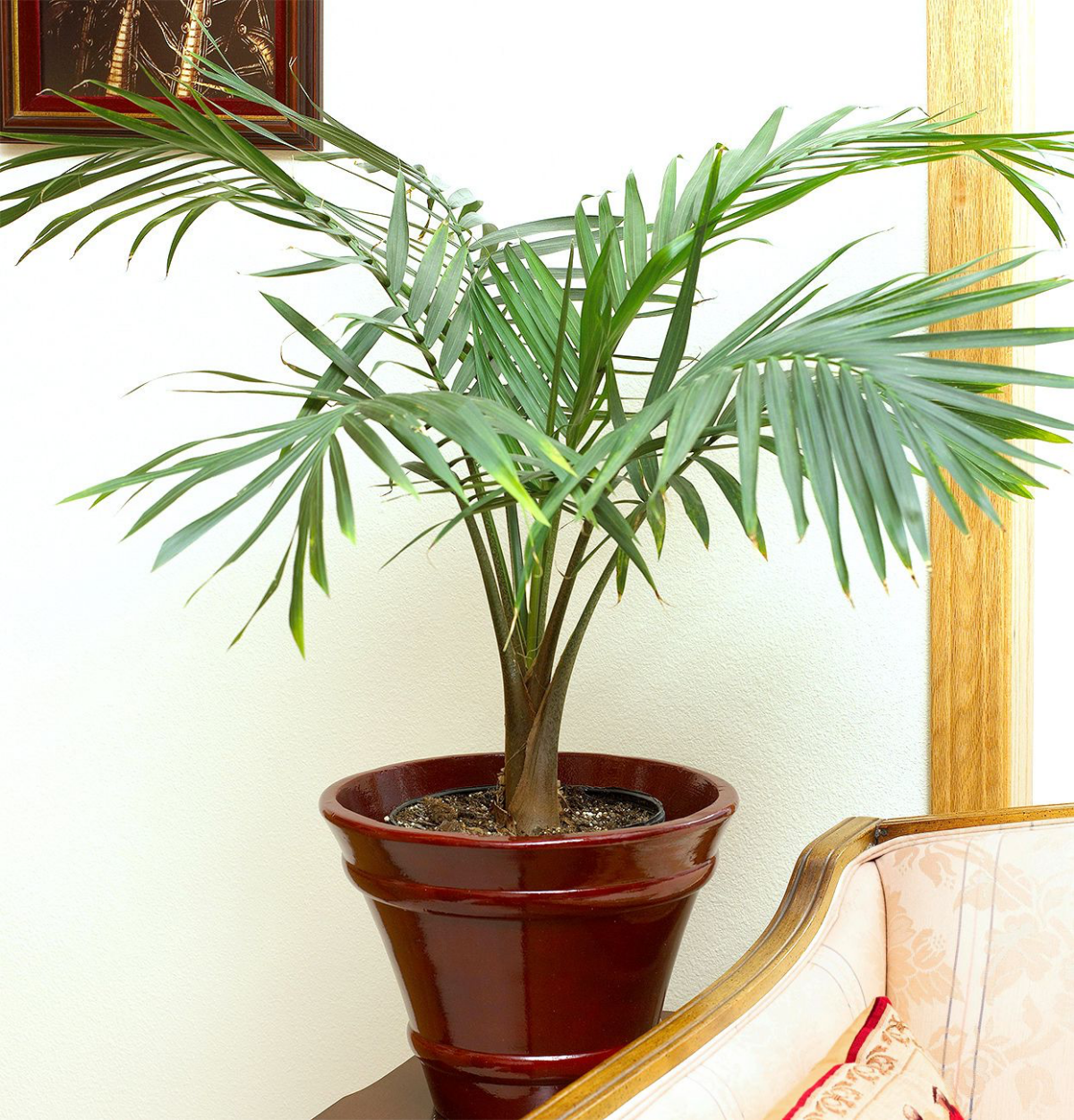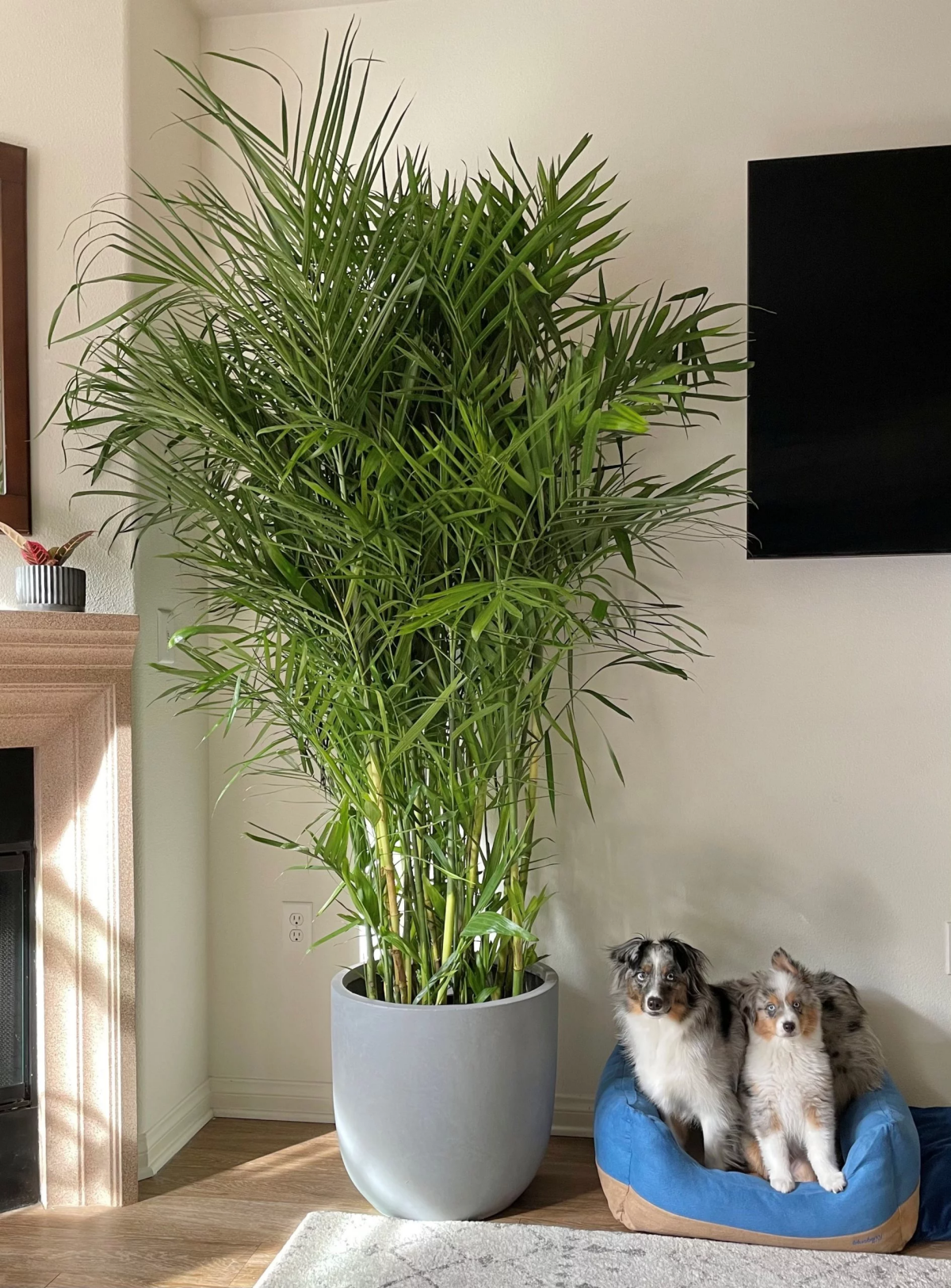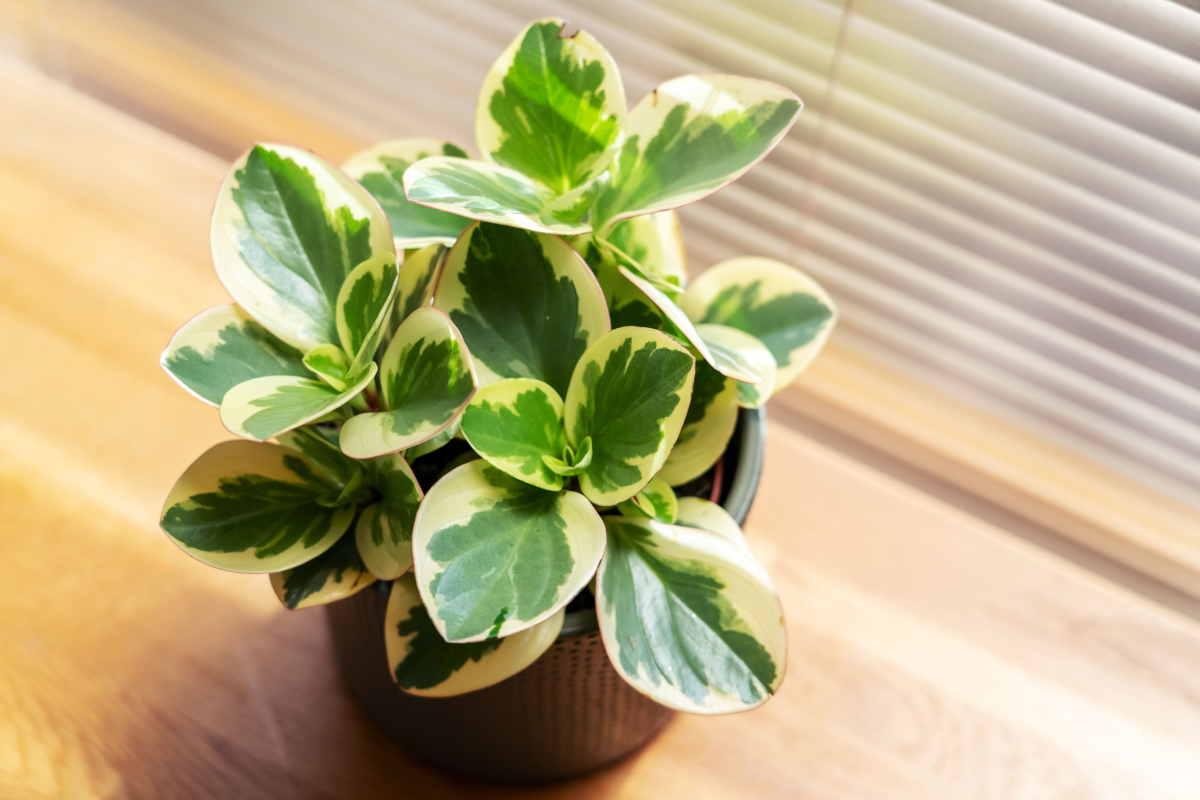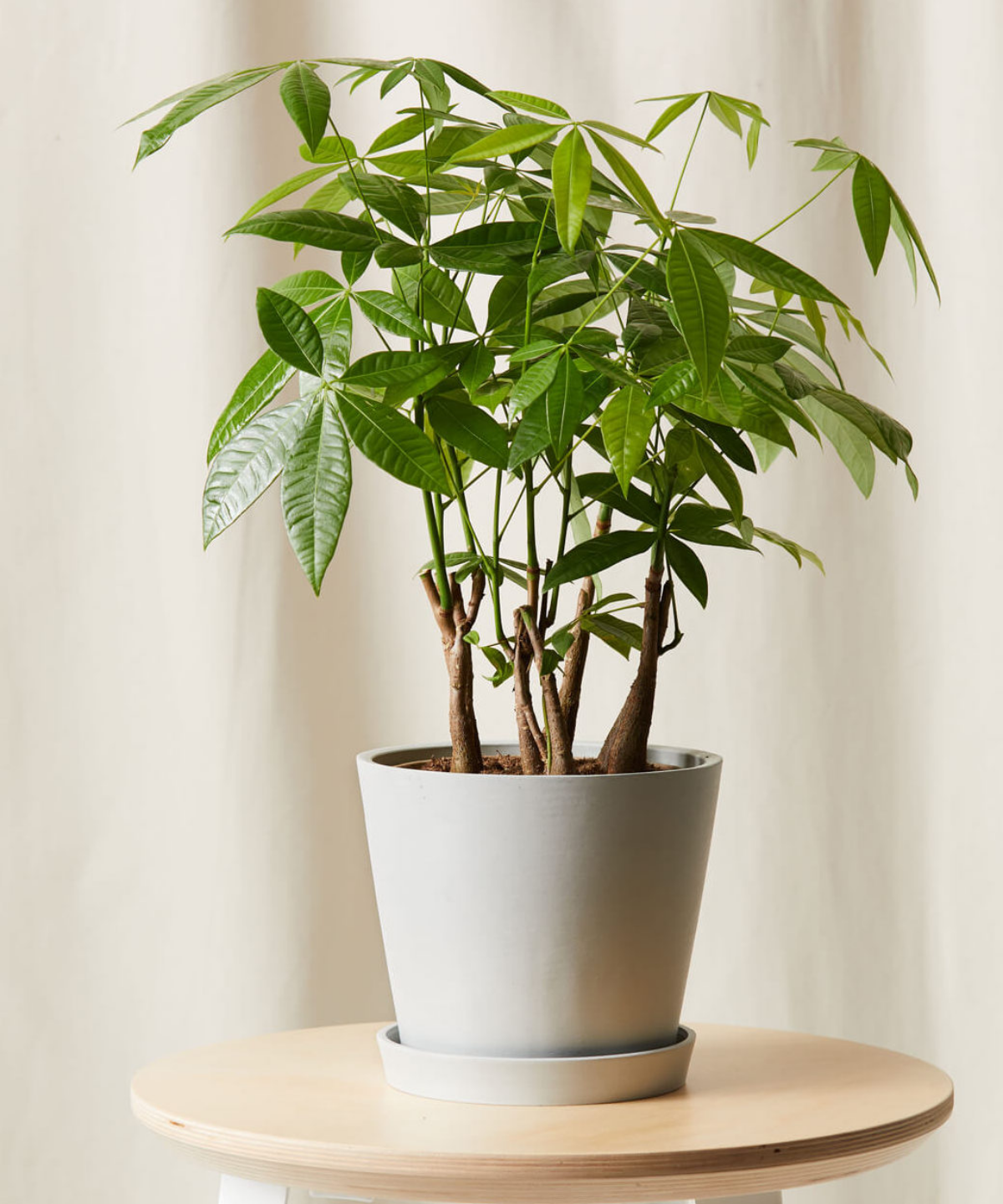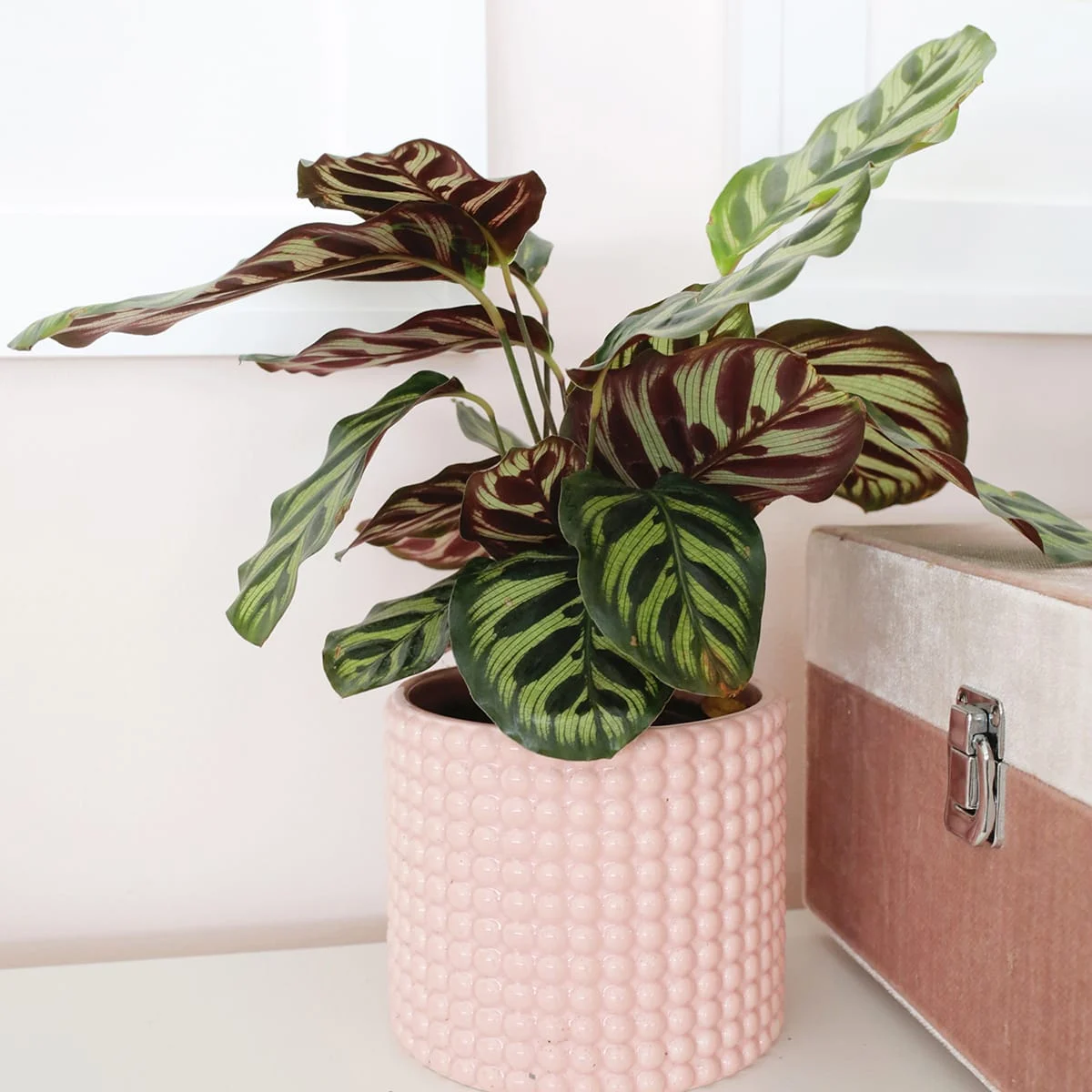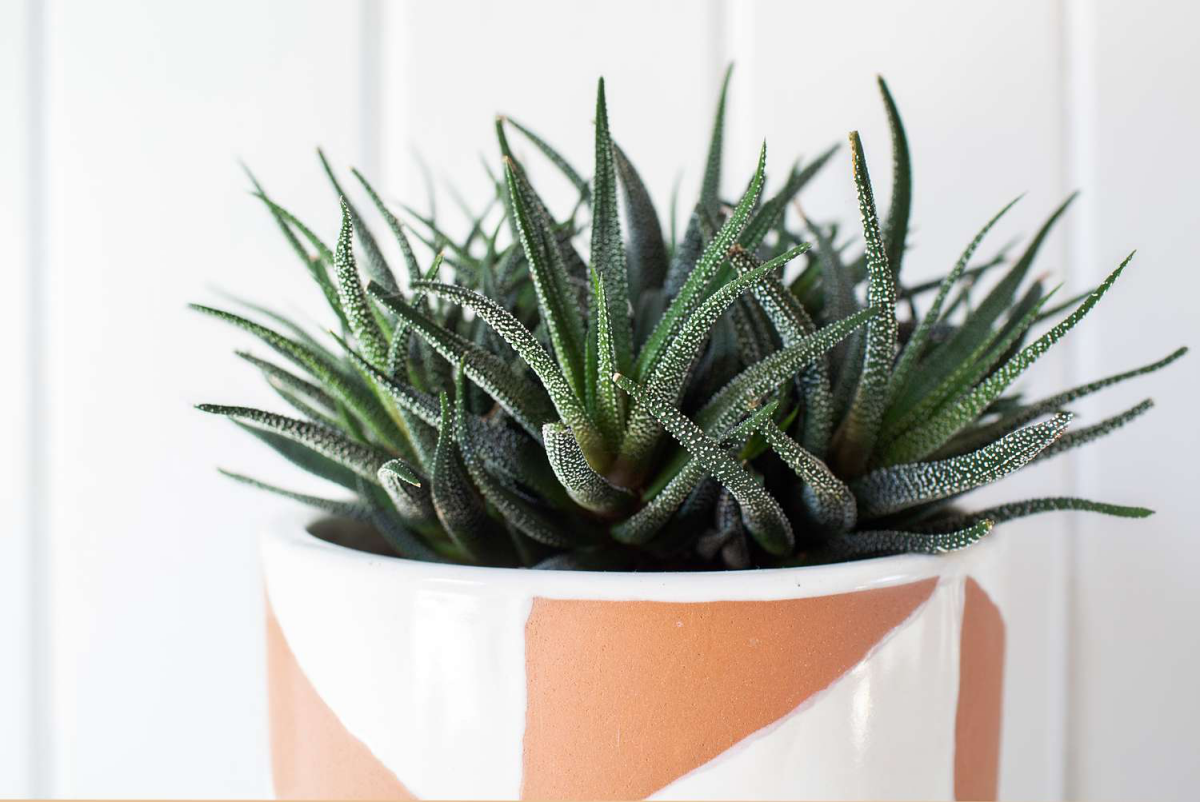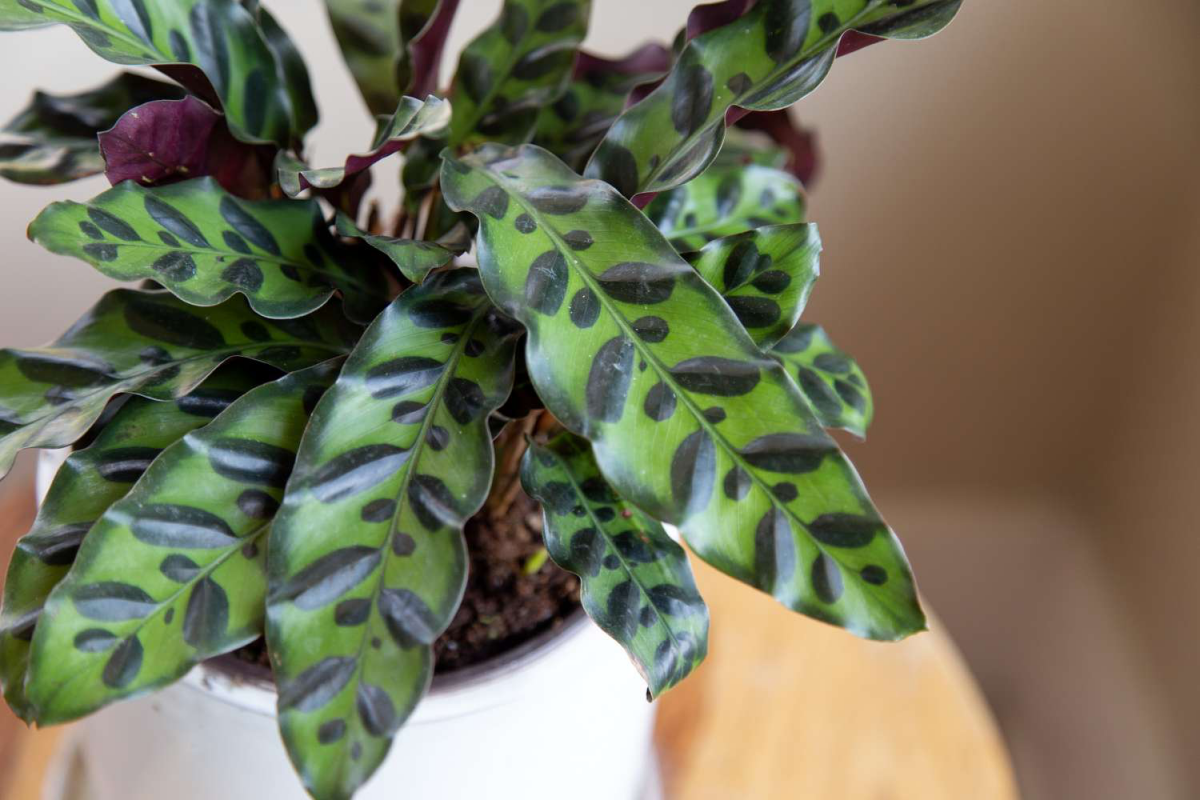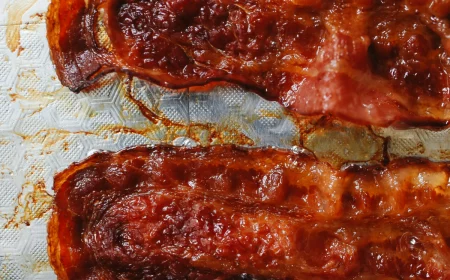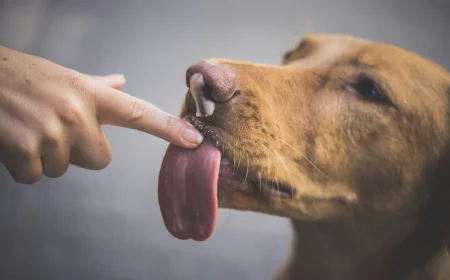Are Orchids Toxic To Cats? 8 Cat-Friendly Houseplants
As I wandered through the local nursery, my eyes caught the vibrant hues and intricate patterns of orchids, tempting me to bring a piece of this exotic elegance into my home. Yet, there was a pause, a moment of hesitation, as I thought of Luna, my fluffy little feline who shares my living space. The question loomed in my mind: Are orchids toxic to cats? With Luna’s well-being paramount and my desire to cultivate a lush indoor garden, I embarked on a mission to unravel this mystery. This way I could ensure to safely introduce orchids into our shared environment.
Are you wondering: are orchids toxic to cats?
In this article
Are Orchids Toxic To Cats?
Orchids are a popular choice among plant enthusiasts for their exotic beauty and variety. For cat owners, the safety of houseplants is a crucial consideration. Fortunately, orchids are generally considered non-toxic to cats. The American Society for the Prevention of Cruelty to Animals (ASPCA) lists orchids within the family Orchidaceae as safe for cats. This means that if your feline friend happens to nibble on an orchid, it is unlikely to cause harm. However, it’s always best to discourage pets from eating any houseplants, as they can sometimes cause mild gastrointestinal upset due to the unusual material in their diet.
Orchids are deemed safe for cats by the ASPCA
Cat-Friendly Houseplants
Encouraged by the safety of orchids, I felt inspired to transform my living space into a verdant oasis, a sanctuary not just for me but for Luna as well. This newfound confidence led me to delve deeper into the world of non-toxic plants, as well as toxic plants. Each addition carefully chosen to ensure it would bring beauty without risk into our shared home. As our collection grew, so did our enjoyment, with each plant adding its own unique touch of greenery and life, creating an environment where both human and feline could thrive in harmony and health.
My journey expanded to include a variety of non-toxic plants
Spider Plant
The Spider Plant, with its arching leaves and baby plantlets, is as playful in appearance as it is non-toxic to cats. It thrives in bright, indirect light and prefers well-draining soil, making it an easy-care addition to any room. Its air-purifying qualities and resilience to a bit of neglect are bonuses. The fact that it’s safe for Luna to occasionally chew on (though not encouraged) makes it a worry-free choice for pet owners.
This playful, air-purifying plant is an easy-care
Boston Fern
Boston Ferns bring a lush, green presence to any space with their feathery fronds. They prefer high humidity and indirect light, mirroring their natural rainforest environment. Keeping the soil consistently moist (but not soggy) will keep them thriving. Their non-toxic nature ensures that they are a safe decorative choice in homes shared with curious cats like Luna.
Its lush fronds thrive in our humidity-filled rooms
Areca Palm
The Areca Palm adds a tropical flair with its feathery, arching fronds, creating a mini oasis that’s both beautiful and beneficial. It loves bright, indirect sunlight and regular watering, allowing the soil to dry slightly between waterings. Its non-toxicity makes it an excellent choice for bringing a bit of the tropics indoors without posing a risk to feline companions.
This palm brings a tropical essence indoors
Parlor Palm
With its compact size and elegant fronds, the Parlor Palm is a favorite for adding a touch of sophistication to any room. It prefers low light conditions and moderate watering, making it ideal for indoor environments. Its tolerance for lower light and easy-care nature, coupled with being completely safe for cats, makes it a beloved household plant.
Its elegance and low-light tolerance make it a cherished, safe fixture in our living area
Bamboo Palm
The Bamboo Palm, known for its air-purifying properties, is a fantastic choice for enhancing indoor air quality while being entirely safe for pets. It thrives in bright, indirect light and enjoys consistent moisture in well-draining soil. Its robust nature and ability to grow without compromising pet safety make it an ideal choice for pet owners.
This air-purifying palm grows robustly
African Violet
African Violets bring a splash of color with their vibrant blooms and velvety leaves. They flourish in moderate to bright, indirect light and prefer slightly moist soil. Their preference for higher humidity mirrors their tropical origins. Being non-toxic, they offer a safe way to introduce color into homes with cats, ensuring beauty without risk.
Its colorful blooms brighten our home
Peperomia
The Peperomia family boasts a wide variety of shapes and textures, from the ripple-leafed Peperomia caperata to the watermelon-striped Peperomia argyreia. They enjoy medium to bright indirect light and light watering, making sure the soil dries out between waterings. Their diverse appearance and non-toxic nature make them an intriguing, safe choice for adding textural interest to pet-friendly homes.
A diverse and intriguing plant family that adds safe, textural interest to our pet-friendly home
Money tree
Symbolizing good fortune and prosperity, the Money Tree is more than just an attractive plant; it’s a bearer of positive vibes and is safe for cats. It prefers bright, indirect light and moderate watering, allowing its soil to dry out slightly between waterings. Its resilience and symbolic significance, coupled with its safety for pets, allow it to thrive in homes shared with cats, adding both greenery and good luck.
Symbolic and safe, it thrives in our home, promising good fortune and greenery
Calathea
The Calathea, with its mesmerizing leaf designs and gentle movements, is as enchanting to us as it is safe for Luna. Nestled in the softer light of my living room, it thrives away from the direct sun, loving the same humidity that Luna enjoys during her lazy afternoon naps. Its non-toxic leaves, sometimes explored by a curious paw, have never been a cause for concern, making it a cherished addition to our shared space.
The Calathea’s safe, striking beauty complements our home
Cast Iron Plant
The robust nature of the Cast Iron Plant mirrors its name, offering a lush, worry-free greenery option for pet owners. It stands proudly in the dimmer corners of my home, asking for little but giving much in return. Its resilience to lower light and irregular watering schedules makes it a steadfast companion in our home, safe for Luna’s occasional investigative sniffs.
Its resilience and non-toxicity make the Cast Iron Plant a worry-free, green sanctuary
Haworthia
This compact succulent, with its intricate, spiky leaves, has become a miniature focal point on my windowsill. The Haworthia’s easy-going nature, requiring only indirect light and sparse watering, suits my sometimes busy lifestyle. Knowing it’s completely safe adds a layer of comfort, allowing Luna to remain my curious, carefree companion.
The Haworthia adds worry-free, spiky elegance to our windowsills
Rattlesnake Plant
The Rattlesnake Plant is a dramatic and lively addition to our indoor garden. It boasts an exotic look with its uniquely patterned leaves. It flourishes under the same conditions that have allowed our other tropical plants to thrive. This plant basks in the humidity and filtered light of our home. Its non-toxicity reassures me, ensuring that even Luna’s most adventurous days are free from harm.
The Rattlesnake Plant safely brings a touch of the exotic into our living space
I hope your journey into the world of pet-safe gardening has been as enlightening as it was for me. This guide is filled with lessons in both horticulture and feline safety. Orchids, with their safe status, now hold a place of honor in my home. My fluffy friends are now surrounded by a carefully curated collection of cat-friendly plants. This balance of beauty and safety creates a living space that nourishes both my soul and the well-being of my beloved cat.
Embrace a world where pets and plants coexist safely

